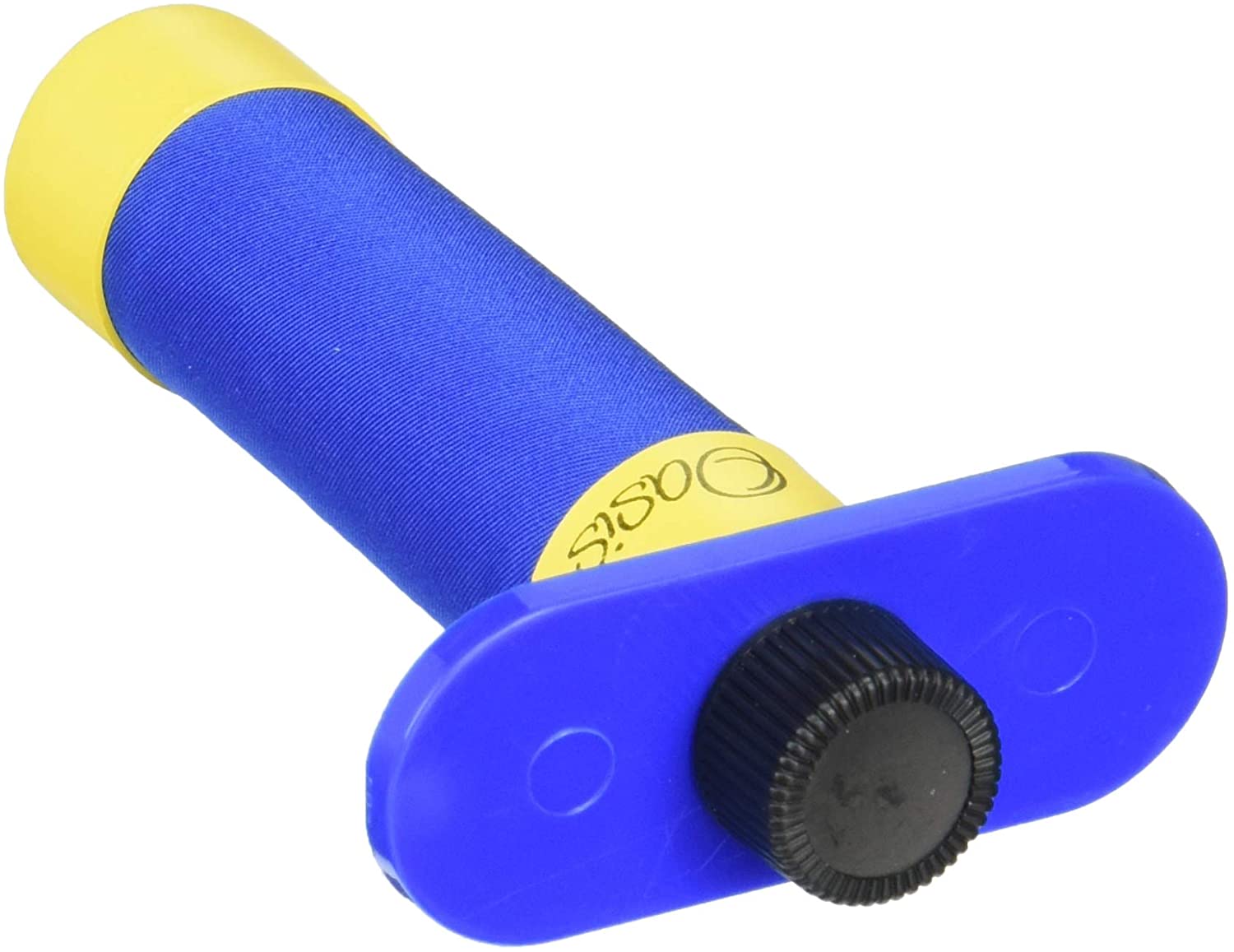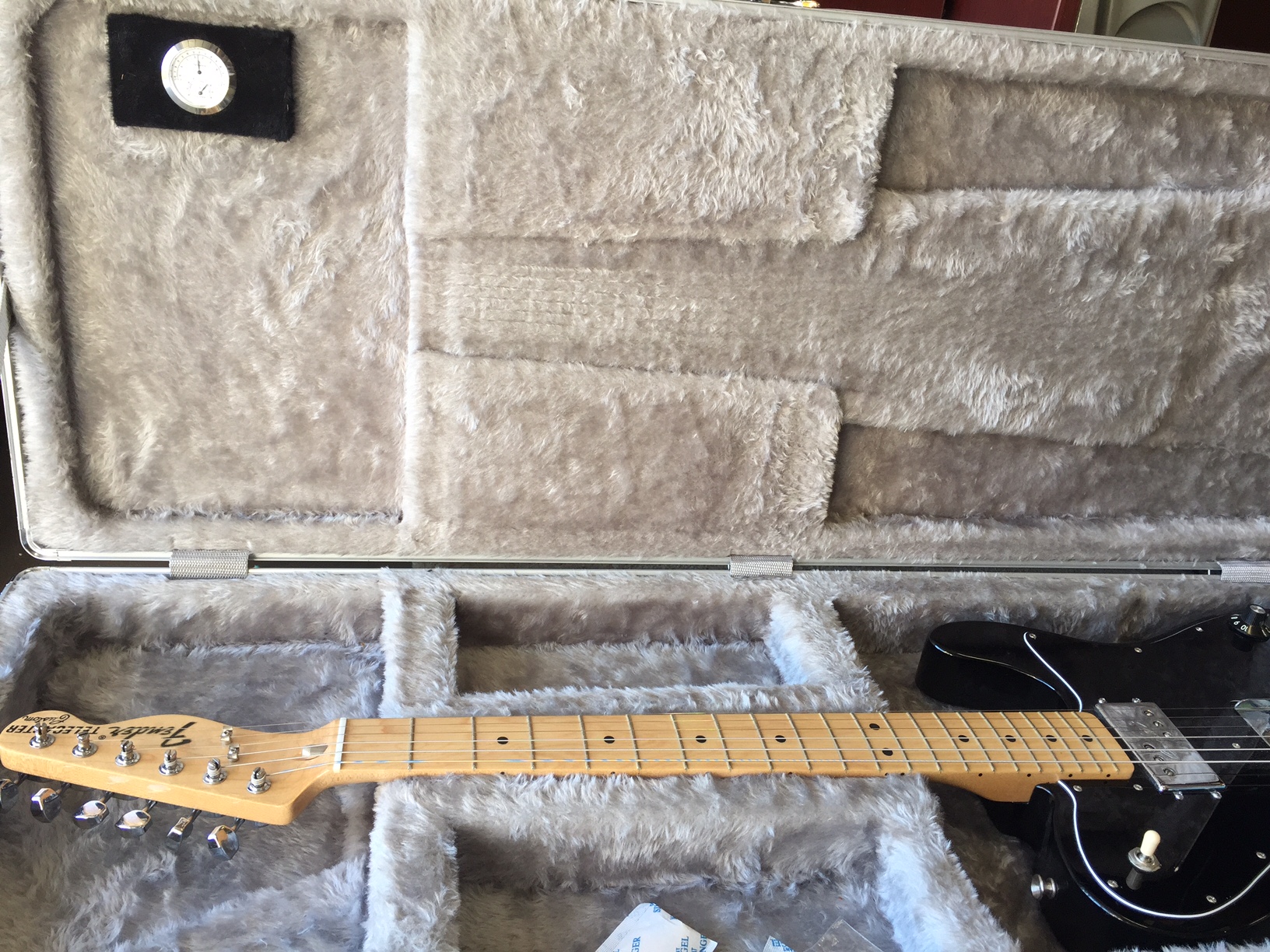Types of Humidifiers for Guitar Cabinets: Best Humidifier For Guitar Cabinet

Protecting your valuable instrument from the damaging effects of fluctuating humidity is crucial, and choosing the right humidifier is a key step in this process. Different types of humidifiers offer varying levels of effectiveness, convenience, and maintenance requirements. Understanding these differences will help you select the best option for your guitar’s specific needs and your personal preferences.
Humidifier Types and Their Characteristics
The choice of humidifier depends largely on the size of your guitar case and your personal preferences regarding maintenance. Here’s a comparison of common types:
| Type | Size | Material | Maintenance |
|---|---|---|---|
| Sponge Humidifier | Small to Medium; varies depending on case size | Sponge, plastic housing | Requires regular refilling and occasional cleaning of the sponge to prevent mold growth. Sponge needs replacing periodically. |
| Gel Humidifier | Small to Medium; varies depending on case size | Gel beads contained within a plastic or fabric casing | Requires less frequent refilling than sponge humidifiers, but the gel eventually needs replacing. Minimal cleaning required. |
| Humidipak/Humidor Pack | Small; designed for individual cases | Usually a polymer material that absorbs and releases moisture | Requires replacement after a certain period of use, as they lose their moisture-holding capacity. No cleaning required. |
| Electric Humidifier (for larger rooms/cases) | Variable; size depends on the humidifier model and its intended use | Plastic, metal, and electronic components | Requires regular cleaning and filter replacements. Needs a power source. Not typically used directly *inside* a guitar case, but for the room where the case is stored. |
Pros and Cons of Different Humidifier Types, Best humidifier for guitar cabinet
Each humidifier type presents unique advantages and disadvantages. Let’s examine these in detail:
Sponge humidifiers are inexpensive and readily available, but they require frequent refilling and are prone to mold if not cleaned regularly. Gel humidifiers offer longer-lasting hydration and less frequent maintenance, but the gel eventually needs replacing. Humidipaks are convenient and low-maintenance, but their capacity is limited, and they need to be replaced entirely. Electric humidifiers, while providing precise humidity control, are generally too large for inside a guitar case and require a power source. They are more suited to maintaining humidity in a room.
Visual Representation of Water Capacity and Evaporation Rates
Imagine three cylindrical containers representing the three main humidifier types: sponge, gel, and Humidipak. The sponge humidifier container is short and wide (diameter 5cm, height 3cm), painted light blue to represent the water it holds. The gel humidifier container is taller and narrower (diameter 3cm, height 5cm), painted a pale green. The Humidipak container is small and cylindrical (diameter 2cm, height 2cm), painted a light brown.
To represent evaporation rates, let’s use a simple visual cue. The light blue container (sponge) will show a noticeably lower water level after a week (represented by a visible reduction in the height of the blue liquid), the pale green container (gel) will show a slightly lower water level, and the light brown container (Humidipak) will show only a minimal change in size/height, representing its slower evaporation rate. Labels clearly indicate “Sponge,” “Gel,” and “Humidipak” on each container. This visual aids in understanding the relative differences in water capacity and the duration of effectiveness for each humidifier type.
Factors Affecting Humidity Control in Guitar Cases
Maintaining the ideal humidity level within a guitar case is crucial for preserving the instrument’s structural integrity and tonal qualities. Fluctuations in humidity can lead to significant damage, impacting both the sound and the value of your instrument. Understanding the factors that influence humidity control is key to making informed decisions about humidifier selection and case maintenance.
Climate and Temperature’s Influence on Ideal Humidity
The ideal humidity level for a guitar is generally considered to be between 40% and 50%. However, this range is significantly influenced by both climate and temperature. In arid climates, such as those found in the southwestern United States or parts of Australia, the air tends to be very dry, requiring more aggressive humidification to reach the target range. Conversely, in humid climates like those found in coastal regions or tropical areas, the air already contains a higher level of moisture, requiring less humidification or even the use of dehumidifiers to prevent excessive moisture buildup. Temperature plays a crucial role as well. Higher temperatures allow the air to hold more moisture, meaning that a higher relative humidity might be needed in summer compared to winter. For example, a guitar in a 70°F (21°C) room might require a 45% relative humidity, whereas in a 90°F (32°C) room, a 50% relative humidity might be necessary to achieve the same level of wood hydration. Conversely, a 40% relative humidity might be sufficient in a colder environment. Ignoring these temperature variations can lead to either over- or under-humidification.
Wood Type and Finish Considerations for Humidifier Selection
The type of wood used in the guitar’s construction and its finish significantly impact its susceptibility to humidity changes. Spruce, a common tonewood for guitar tops, is relatively stable but still requires careful humidity control. Its relatively porous nature means it can absorb and release moisture more readily than denser woods. Mahogany, often used for backs and sides, is denser and more resistant to humidity fluctuations, but still benefits from controlled humidity. Rosewood, known for its rich tone and density, is generally more stable than spruce or mahogany, but it still needs protection from extreme dryness or humidity. The guitar’s finish also plays a role. A thicker finish can provide some protection against moisture loss, but it doesn’t eliminate the need for humidification. A poorly applied finish can trap moisture, leading to other problems. Therefore, the choice of humidifier should consider both the wood type and finish of the guitar. For example, a more passive humidifier might suffice for a mahogany guitar with a good finish, while a more active humidifier might be necessary for a spruce-topped guitar in a dry climate.
Consequences of Improper Humidity Control
Improper humidity control can lead to several problems, significantly affecting the guitar’s playability and longevity. Cracking is a common issue, often appearing as hairline fractures in the wood, particularly along the grain. These cracks can be visible as thin lines running along the wood’s surface, sometimes extending deep into the wood. Warpage is another serious problem, causing the guitar’s top, back, or sides to become uneven or bowed. This can be visually apparent as a noticeable curve or bulge in the instrument’s surface. In extreme cases, the neck can warp, making the guitar unplayable. Other damage includes shrinking or swelling of the wood, affecting the guitar’s action (string height) and intonation. This can manifest as high action (strings too far from the fretboard) or buzzing strings (strings too close to the fretboard). Glue joints can also fail due to wood shrinkage, causing separation between parts of the guitar. The visual appearance of this would be a gap or crack along a joint, such as between the neck and body or between the top and sides.
Maintaining Optimal Humidity and Guitar Care

Maintaining the ideal humidity level within your guitar case is crucial for preserving the instrument’s structural integrity and preventing damage from excessive dryness or moisture. Wood, the primary component of a guitar, is a hygroscopic material, meaning it absorbs and releases moisture from the surrounding air. Fluctuations in humidity can lead to warping, cracking, and other issues that compromise both the instrument’s playability and its value. Proper humidity control, therefore, is not merely a matter of preference but a fundamental aspect of responsible guitar ownership.
Installing and Using a Guitar Case Humidifier
The correct installation and use of a humidifier are paramount to its effectiveness. Improper placement or usage can render even the best humidifier ineffective. The following steps ensure optimal performance and protect your investment.
- Choose the Right Humidifier: Select a humidifier designed specifically for guitar cases, ensuring its size is appropriate for your case’s dimensions. Oversized humidifiers can lead to excessive moisture, while undersized ones will be ineffective.
- Prepare the Humidifier: Follow the manufacturer’s instructions for preparing the humidifier. This usually involves filling the reservoir with distilled water (tap water can leave mineral deposits). Avoid overfilling.
- Proper Placement: Position the humidifier inside the guitar case, away from the guitar’s finish. Ideally, it should be placed near the soundhole but not directly touching the instrument. This ensures even moisture distribution.
- Monitor Humidity Levels: Regularly check the humidity level inside the case using a hygrometer. Aim for a relative humidity (RH) between 45% and 55%. Adjust the humidifier’s water level as needed to maintain this range.
- Regular Inspection: Periodically inspect the humidifier for any leaks or malfunctions. Address any issues promptly to prevent damage to your guitar or case.
Humidifier Maintenance
Regular maintenance extends the lifespan of your humidifier and ensures its continued effectiveness in protecting your guitar. Neglecting maintenance can lead to mold growth, reduced efficiency, and ultimately, damage to your instrument.
- Cleaning Schedule: Clean your humidifier at least once a month, or more frequently if you notice mineral deposits or a foul odor. Thoroughly rinse all components with distilled water and allow them to air dry completely before refilling.
- Refilling Schedule: The frequency of refilling depends on the humidifier’s size and the ambient humidity. Check the water level daily and refill as needed to maintain the desired humidity level within the case. Never allow the humidifier to run dry.
- Storage: When not in use, store the humidifier in a clean, dry place to prevent the growth of mold or mildew.
Best Humidifiers for Guitar Cabinets
Selecting the right humidifier is critical for preserving your guitar’s condition. Several factors should guide your choice, including the size of your guitar case, the type of humidifier (sponge, gel, or electronic), and your budget. Consider humidifiers with features like adjustable humidity control and easy-to-read hygrometers for optimal performance. Always prioritize quality and reliability over price, as a poorly functioning humidifier can cause more harm than good. Research various models, reading user reviews to get a sense of their performance and longevity. Pay close attention to the manufacturer’s specifications and recommendations for proper usage and maintenance. By carefully selecting and maintaining a high-quality humidifier, you can significantly extend the life of your valuable instrument.
